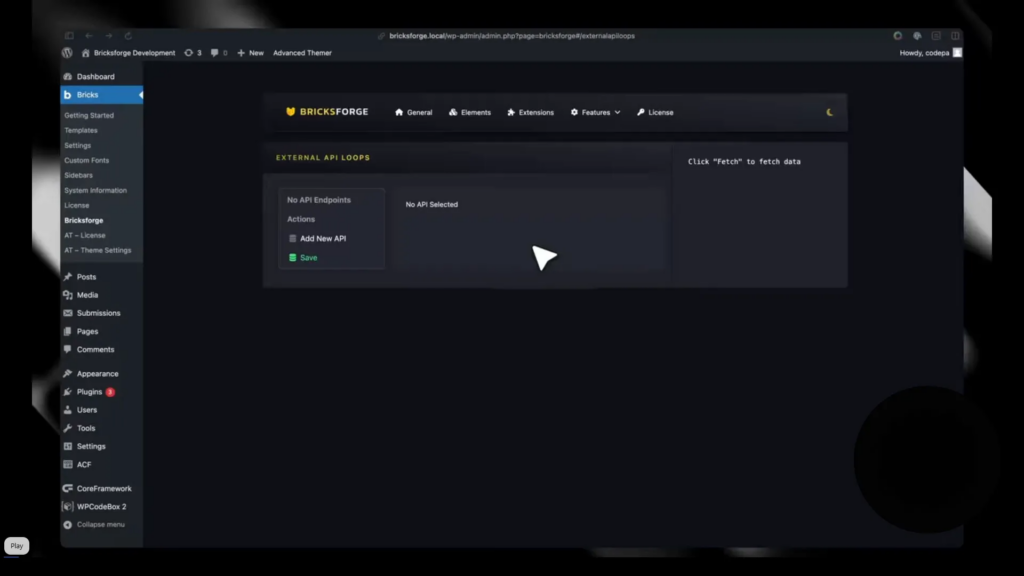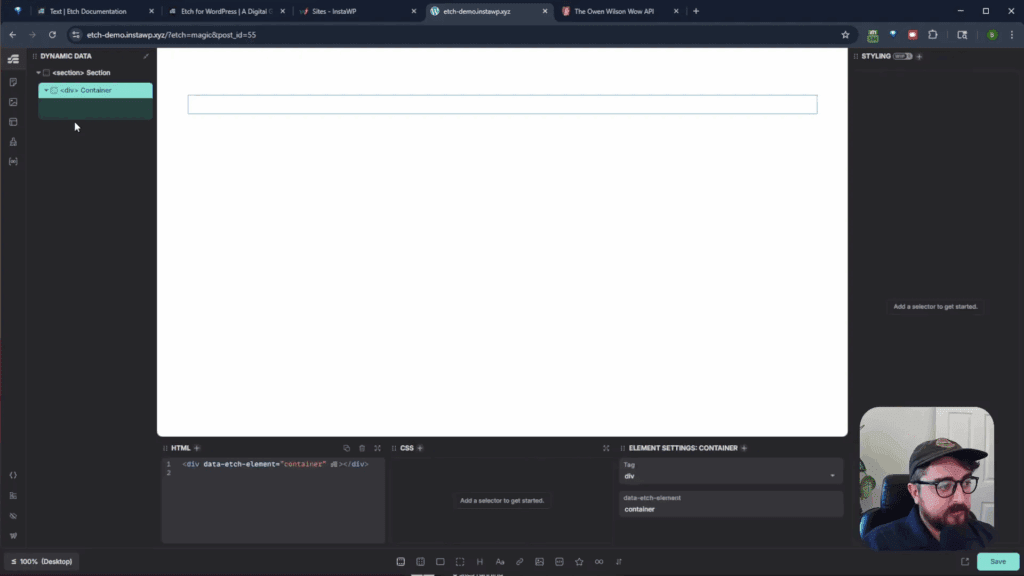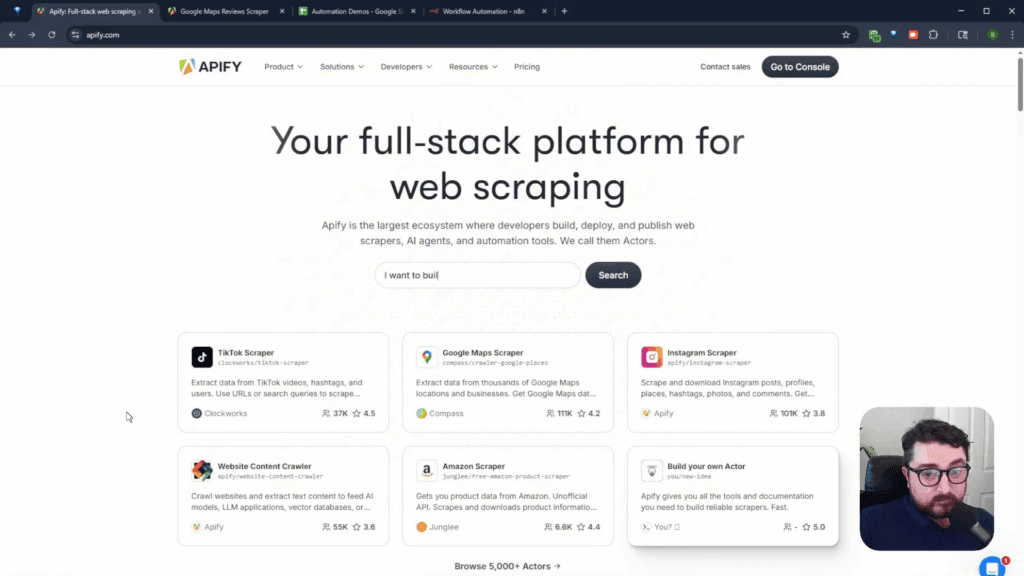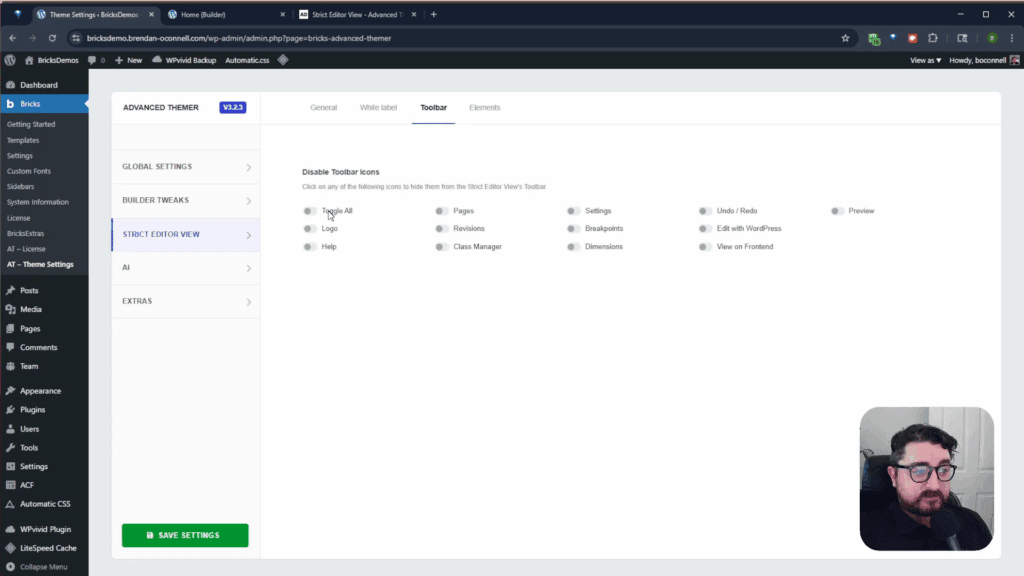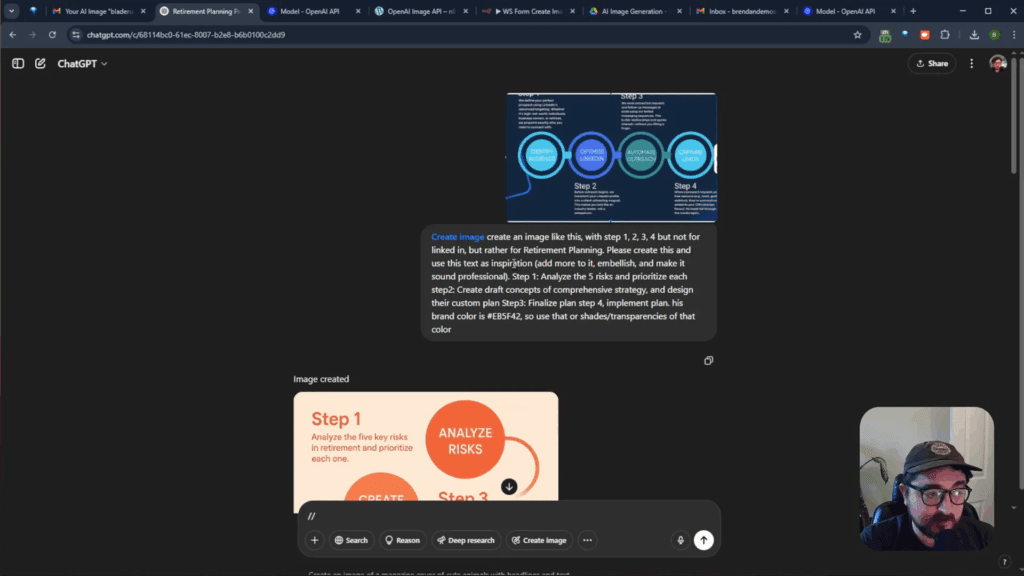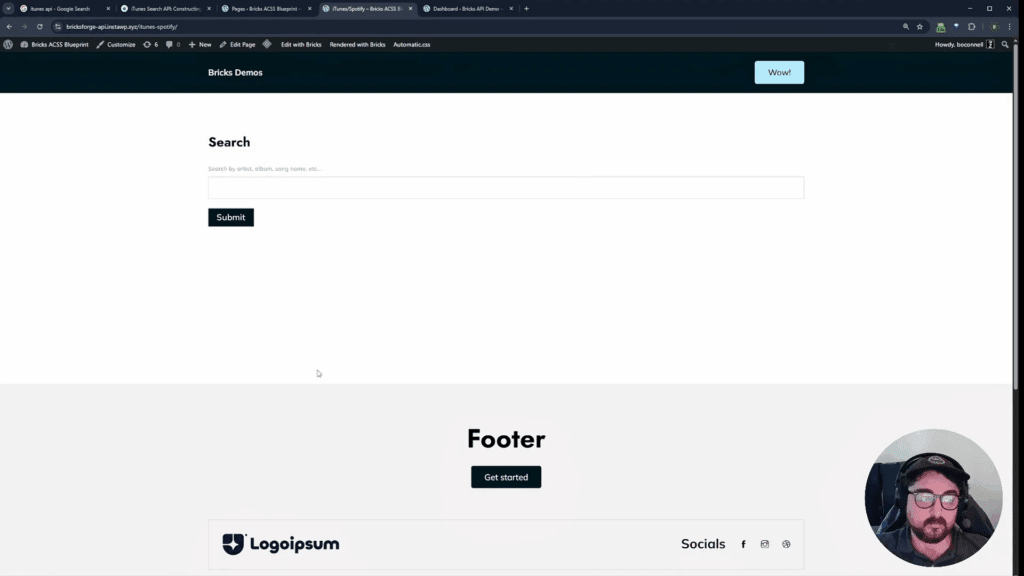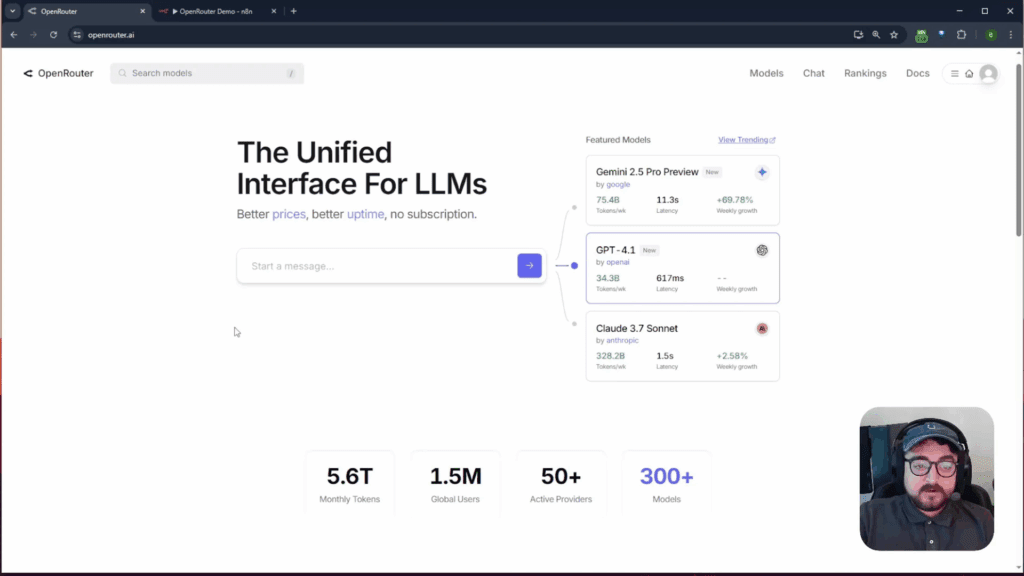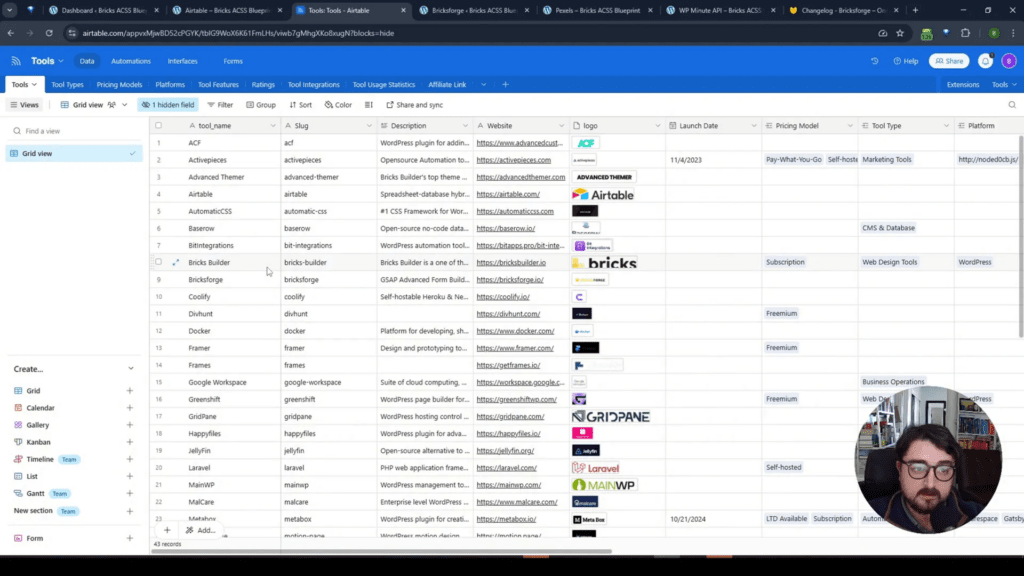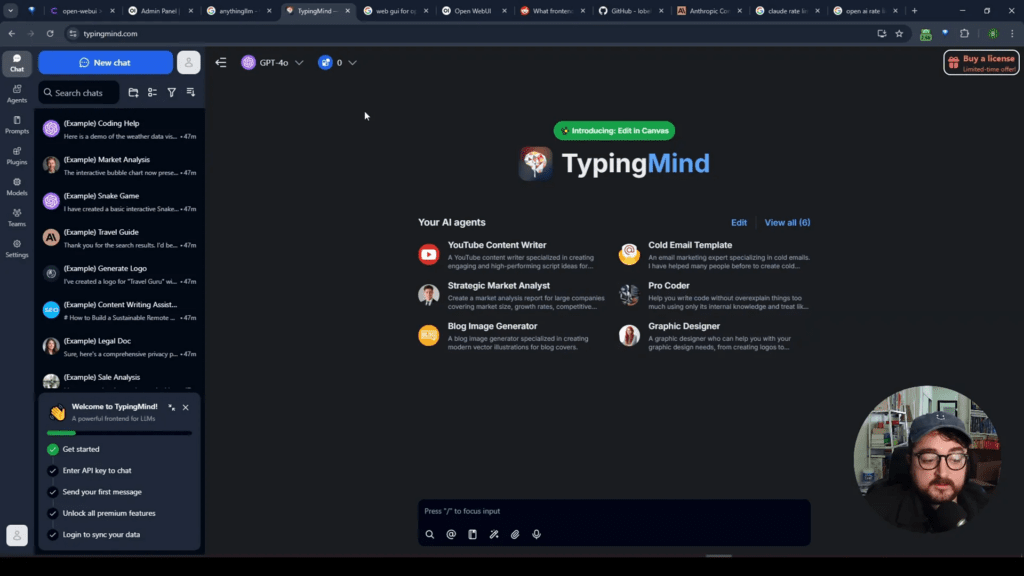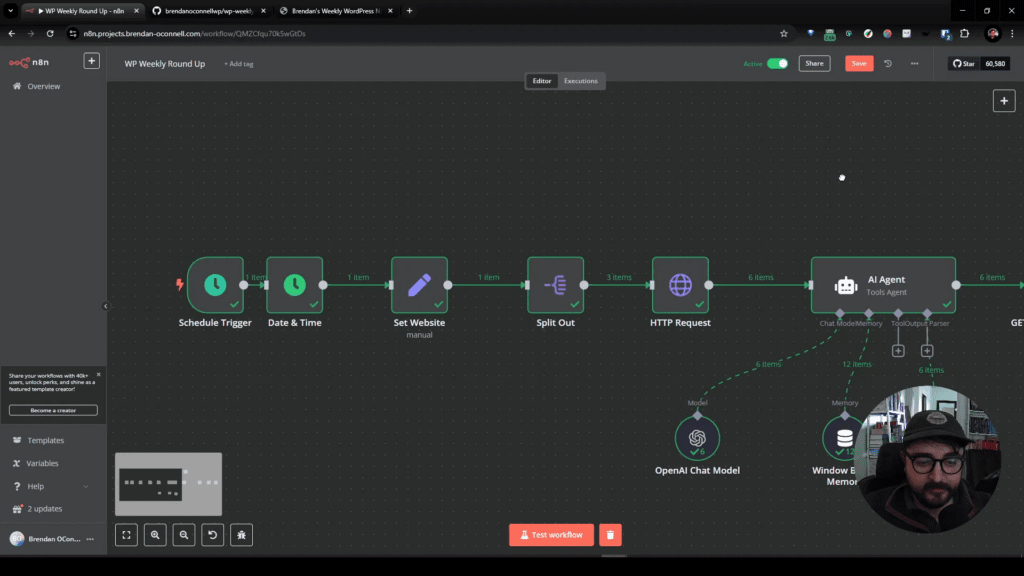In the ever-evolving landscape of web development, the ability to integrate and manipulate external data sources is paramount. This is where the synergy of Bricks Builder and Bricksforge shines. Over the past year, I’ve been particularly enthusiastic about builders that facilitate external API integration. With Bricksforge, you can now query and loop through your data from external APIs, not just within the CMS of your website. Let’s dive into the details of how this functionality works and what it means for your projects.
Table of Contents
- What is Bricksforge and Why It Matters
- Dynamic Data Tags and Caching Options
- Looping Through Data in Bricks Builder
- The Impact of Dynamic Data on Web Development
- Future Potential and Excitement for Users
- Frequently Asked Questions (FAQ)
- Conclusion
What is Bricksforge and Why It Matters
Bricksforge is an add-on for Bricks Builder that empowers users to connect to external APIs seamlessly. This feature allows you to fetch data from various sources and manipulate it directly within your web design. The potential is enormous, especially for developers and designers who want to leverage dynamic data without the limitations of traditional plugins.
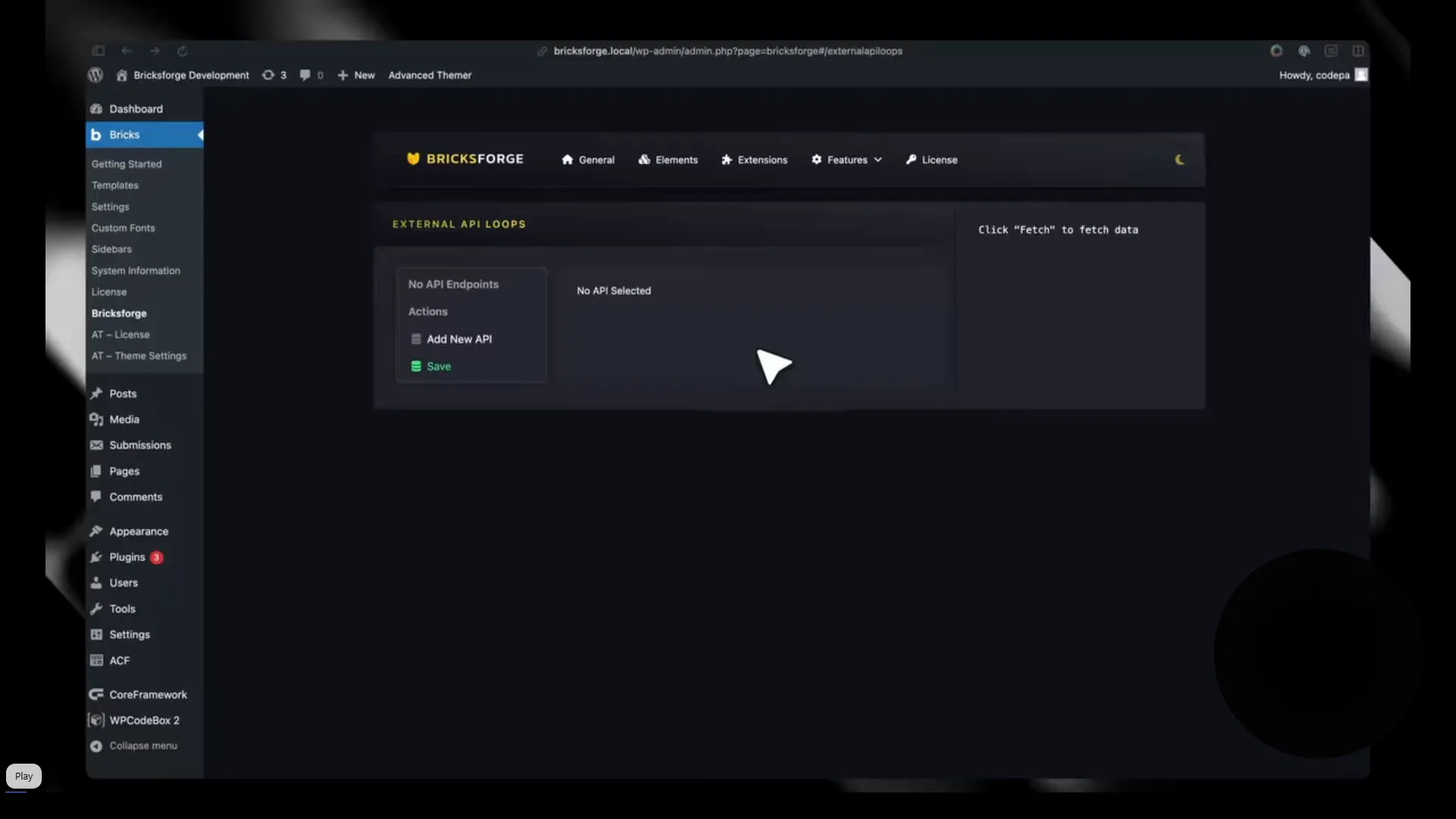
Setting Up Your API Source
The first step in utilizing Bricksforge is to add your API source. You can easily name your API and change the URL as needed. This flexibility is essential as it allows you to customize the integration based on your specific requirements. Additionally, you can configure aspects such as dynamic API routing, which is crucial for maintaining organized and efficient data handling.
Once you’ve set up your API source, Bricksforge takes care of the API requests, fetching all the necessary data for you. This automation is a game changer, as it reduces the manual effort required to integrate external sources into your website.
Dynamic Data Tags and Caching Options
Bricksforge doesn’t just stop at fetching data; it also allows you to create dynamic data tags. These tags can be used throughout your site, enabling you to display data fetched from your external API in various formats and locations. This is particularly useful for displaying real-time information, such as social media feeds, product listings, or even user-generated content.
Moreover, you can adjust the caching settings for your API calls. This feature is designed to enhance the performance of your builder by reducing the load times associated with repeated API requests. By controlling how often data is fetched, you can ensure that your site remains responsive and fast, which is vital for user experience.
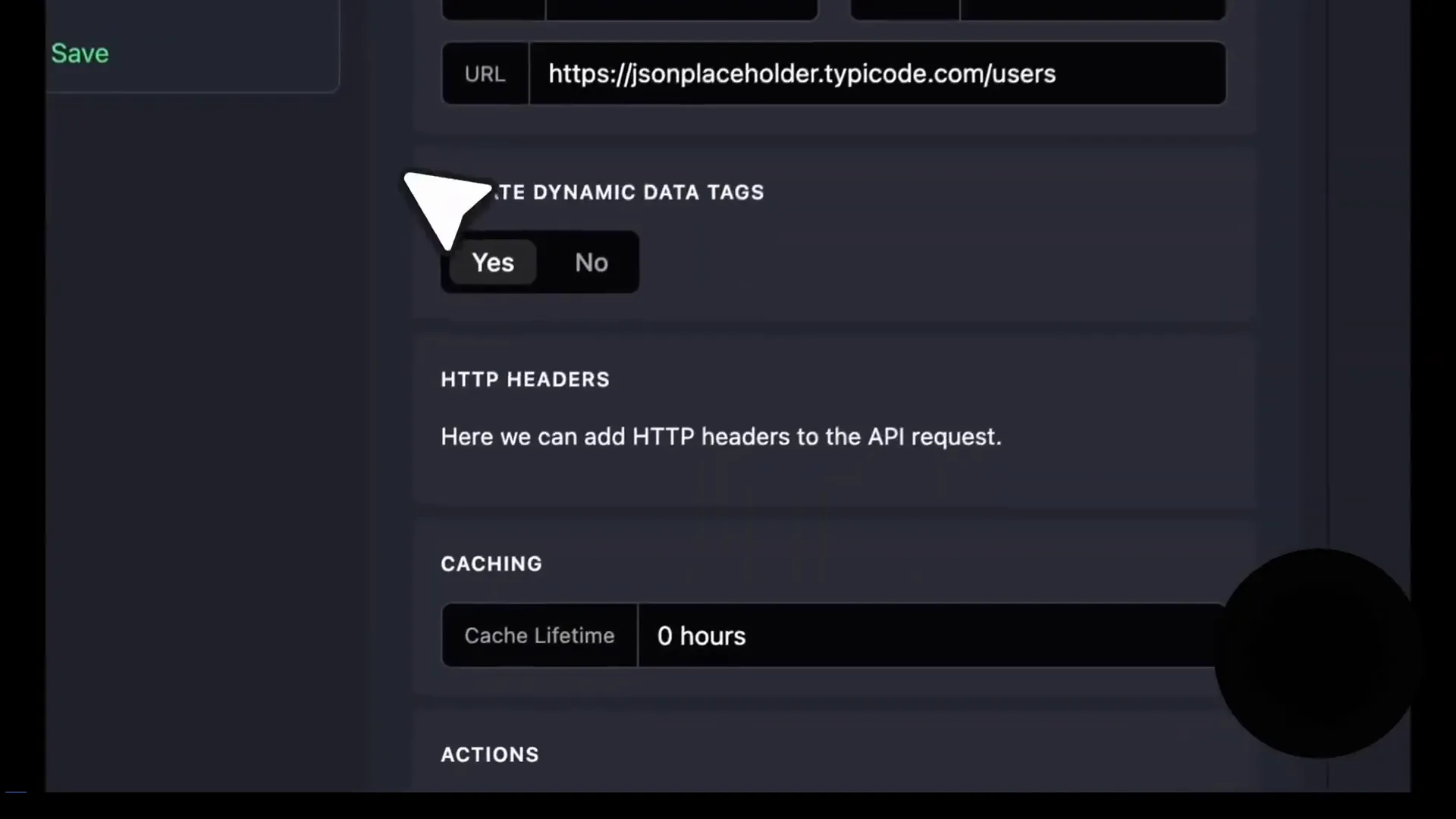
Looping Through Data in Bricks Builder
One of the standout features of Bricksforge is the ability to loop through the fetched data directly within Bricks Builder. This capability allows you to display lists of items, such as products, blog posts, or any other type of content, dynamically generated from your API. The process is straightforward: you add a heading and some text, then apply a query loop to it.
For instance, if you have a demo API that returns a list of products, you can set this up as one of the query loop options in your builder. Selecting the appropriate dynamic data is intuitive, and you can define how each item in the loop is displayed on your site. The ease of use here is a testament to how Bricksforge enhances the Bricks Builder experience.
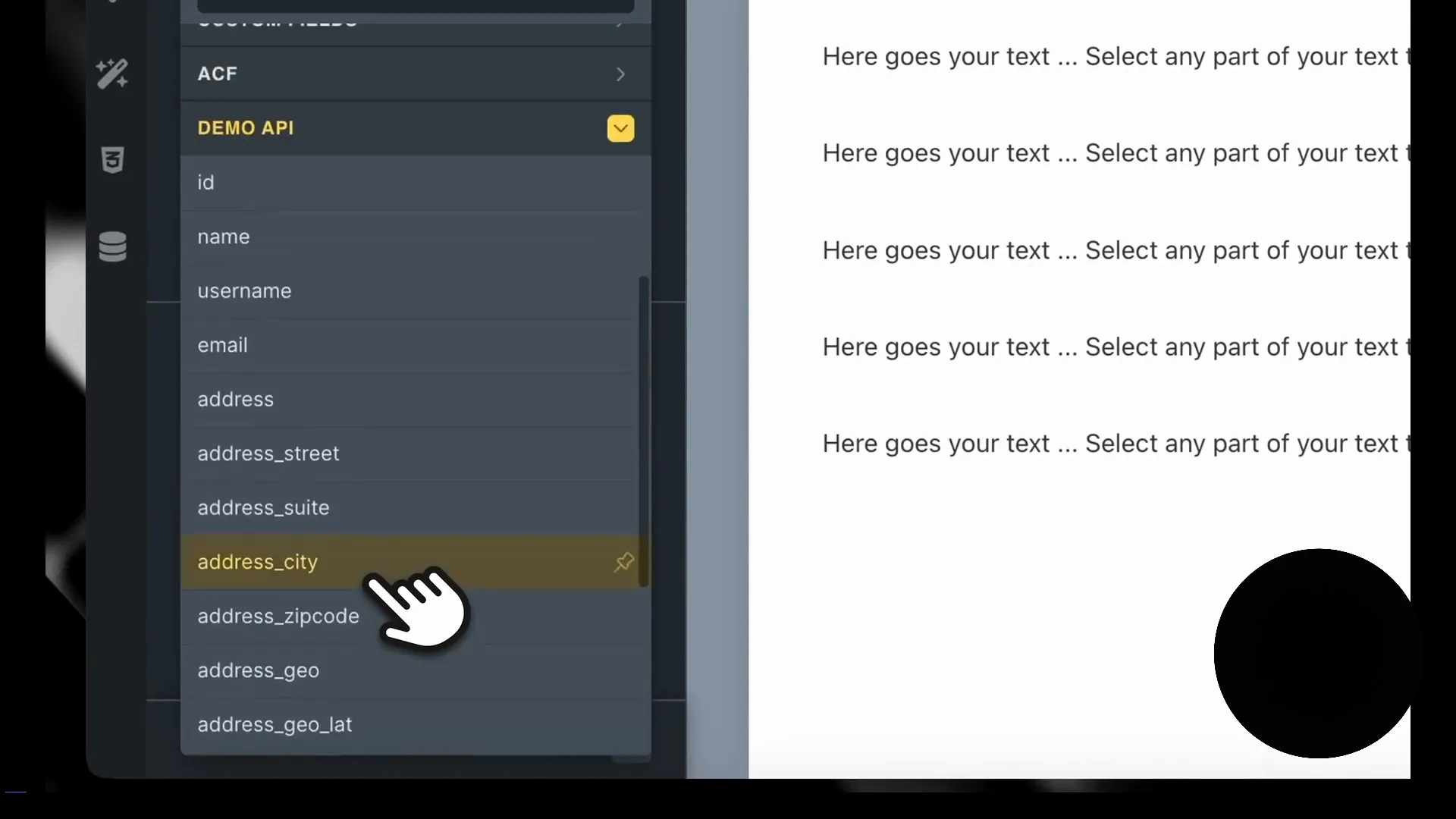
The Impact of Dynamic Data on Web Development
The introduction of dynamic data capabilities via APIs is a significant advancement for web developers. It empowers you to create more interactive and engaging websites without being dependent on multiple plugins. For example, you can easily query Google reviews for your clients and display them on their websites without needing to find a specific plugin for that purpose. This not only saves time but also provides you with full design control over how the data is presented.
Imagine being able to pull in data from various sources, such as social media, review platforms, or even custom databases, and display it in a cohesive manner on your website. The possibilities are endless, and Bricksforge makes it all achievable with minimal hassle.

Future Potential and Excitement for Users
As someone who is passionate about dynamic data and APIs, I genuinely believe that the capabilities introduced by Bricksforge will give users a significant advantage. The ability to integrate external data sources not only enhances the functionality of websites but also opens up new avenues for creativity and innovation in web design.
Whether you are creating a simple blog, an e-commerce site, or a complex web application, the tools provided by Bricksforge can help you achieve your goals efficiently. Keep your eyes peeled for future updates, as I anticipate more features and enhancements that will further empower users to leverage external APIs.
Frequently Asked Questions (FAQ)
What is Bricksforge?
Bricksforge is an add-on for Bricks Builder that allows users to integrate and manipulate data from external APIs directly within their web designs.
How do I set up an API source in Bricksforge?
You can add an API source by naming it and changing the URL as needed within the Bricksforge interface. Dynamic API routing can also be configured for better organization.
Can I create dynamic data tags?
Yes, Bricksforge allows you to create dynamic data tags that can be used throughout your site to display data fetched from external APIs.
How does caching work in Bricksforge?
You can adjust the caching settings for your API calls to improve performance by reducing load times associated with repeated requests.
What types of data can I loop through in Bricks Builder?
You can loop through any data fetched from your API, such as product listings, blog posts, or user-generated content, and display them dynamically on your site.
Conclusion
The integration of external APIs through Bricksforge in Bricks Builder is a groundbreaking development for web designers and developers alike. It not only simplifies the process of fetching and displaying dynamic data but also enhances the overall functionality and appeal of websites. As we continue to explore the potential of these tools, the future looks bright for those looking to create engaging and interactive online experiences.
For more tips and insights on web design and development, feel free to check out my work on Brendan O’Connell’s website or connect with me on Twitter.

